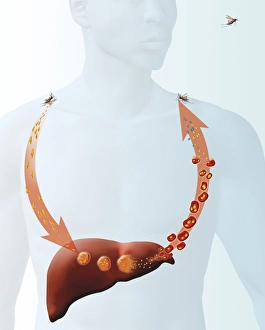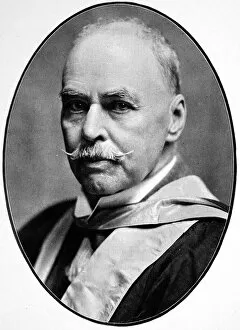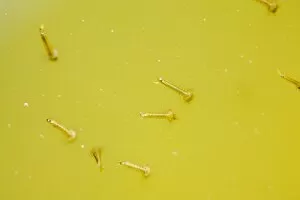Malaria Collection (page 5)
"Malaria: Unveiling the Silent Killer" Malaria, caused by the Plasmodium sp. Malarial parasite, continues to haunt humanity as a major global health concern
All Professionally Made to Order for Quick Shipping
"Malaria: Unveiling the Silent Killer" Malaria, caused by the Plasmodium sp. Malarial parasite, continues to haunt humanity as a major global health concern. This deadly disease is transmitted through the bite of an infected female mosquito from the Culicidae family, specifically Anopheles mosquitoes. Delving into its intricate world, we discover the internal anatomy of these bloodsucking creatures. A cross-section reveals their piercing mouthparts as they extract blood from human skin, acting as carriers for this devastating illness. The microscopic view exposes another aspect of malaria's complexity - mouse malaria parasites observed under a scanning electron microscope (SEM). Additionally, transmission electron microscopy (TEM) allows us to witness the intricacies parasites themselves. Throughout history, mankind has witnessed catastrophic events triggered by malaria epidemics. The year 1901 saw one such outbreak during which even royal figures were not spared; Prince Henry of Battenberg returned on board the Royal Yacht Alberta amidst this crisis. Tragically, renowned explorer David Livingstone also fell victim to this relentless disease in 1873. His death serves as a stark reminder of how they are claim lives regardless of social status or achievements. In present times, regions like North Kivu in CONGO continue to battle against malaria's wrath. Engravings from "La nature et l'homme" depict characteristic swelling of spleens in patients afflicted with this ailment – a painful manifestation that further emphasizes its impact on individuals and communities alike. Even members of royalty have experienced firsthand encounters with malaria's devastation. Prince Christian Victor and Capt Stuart-Wortley faced its unforgiving grip during their military service – highlighting that no one is immune to its reach. During World War II, awareness campaigns warned soldiers about mosquitoes being harbingers through powerful posters proclaiming "Mosquitoes Mean Malaria. " These efforts aimed at educating troops about prevention and protection.












